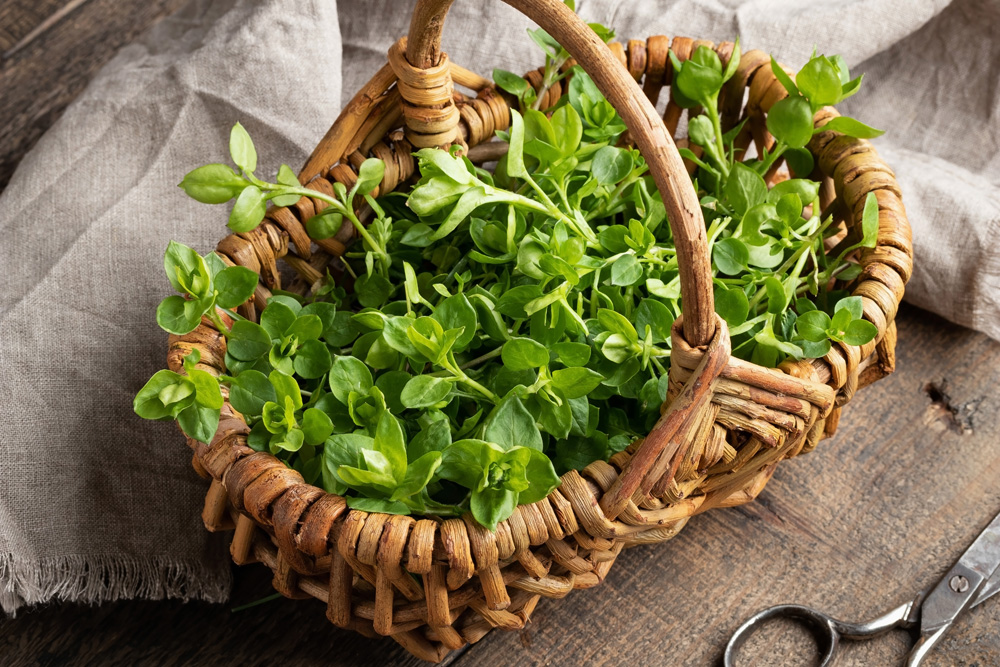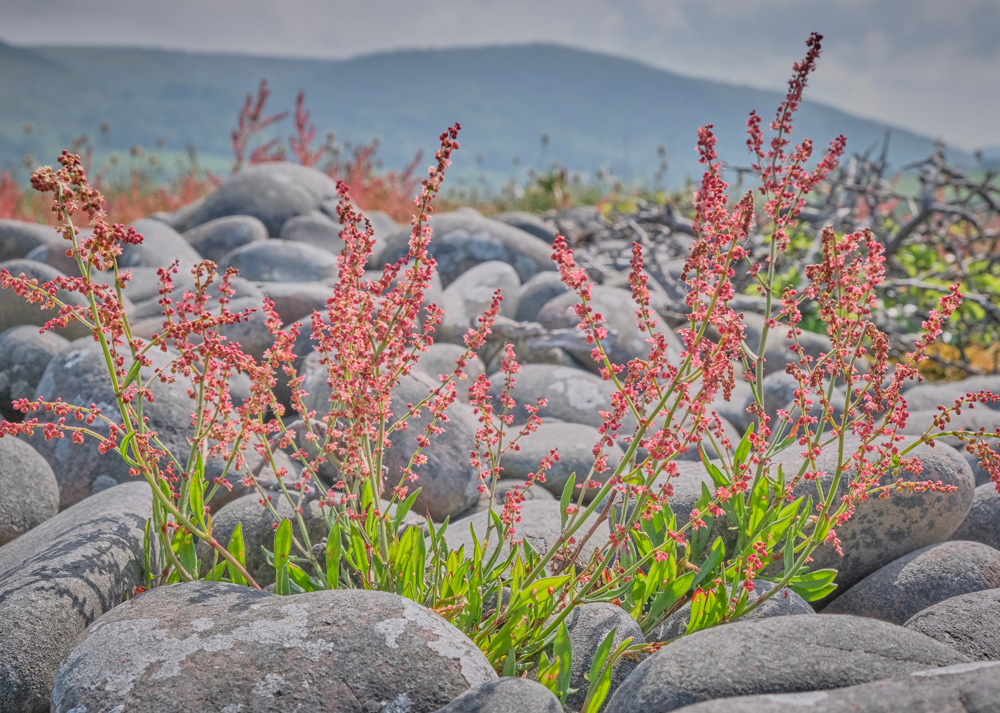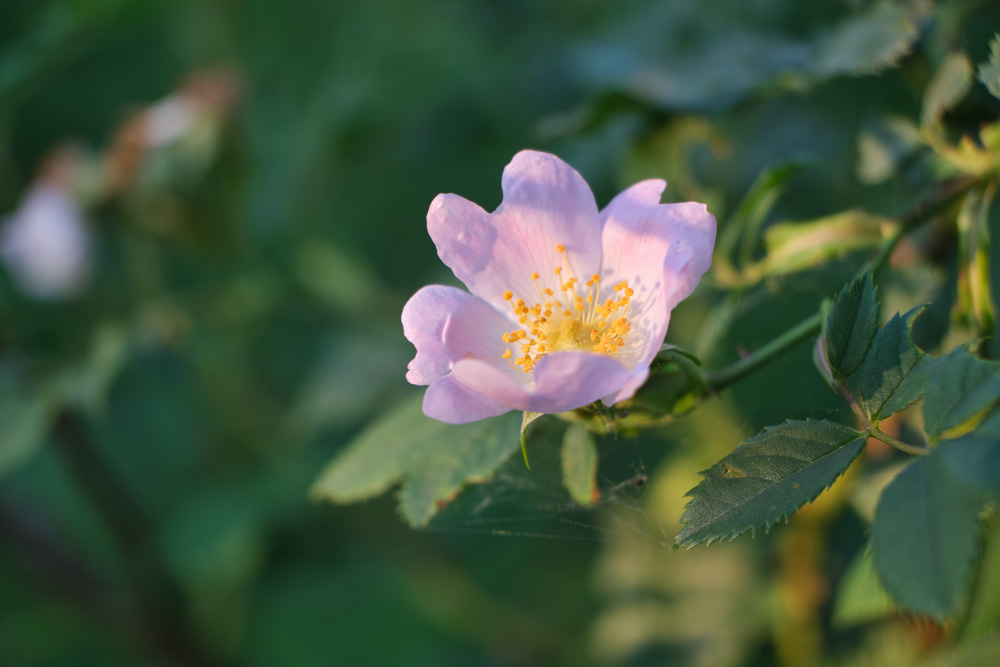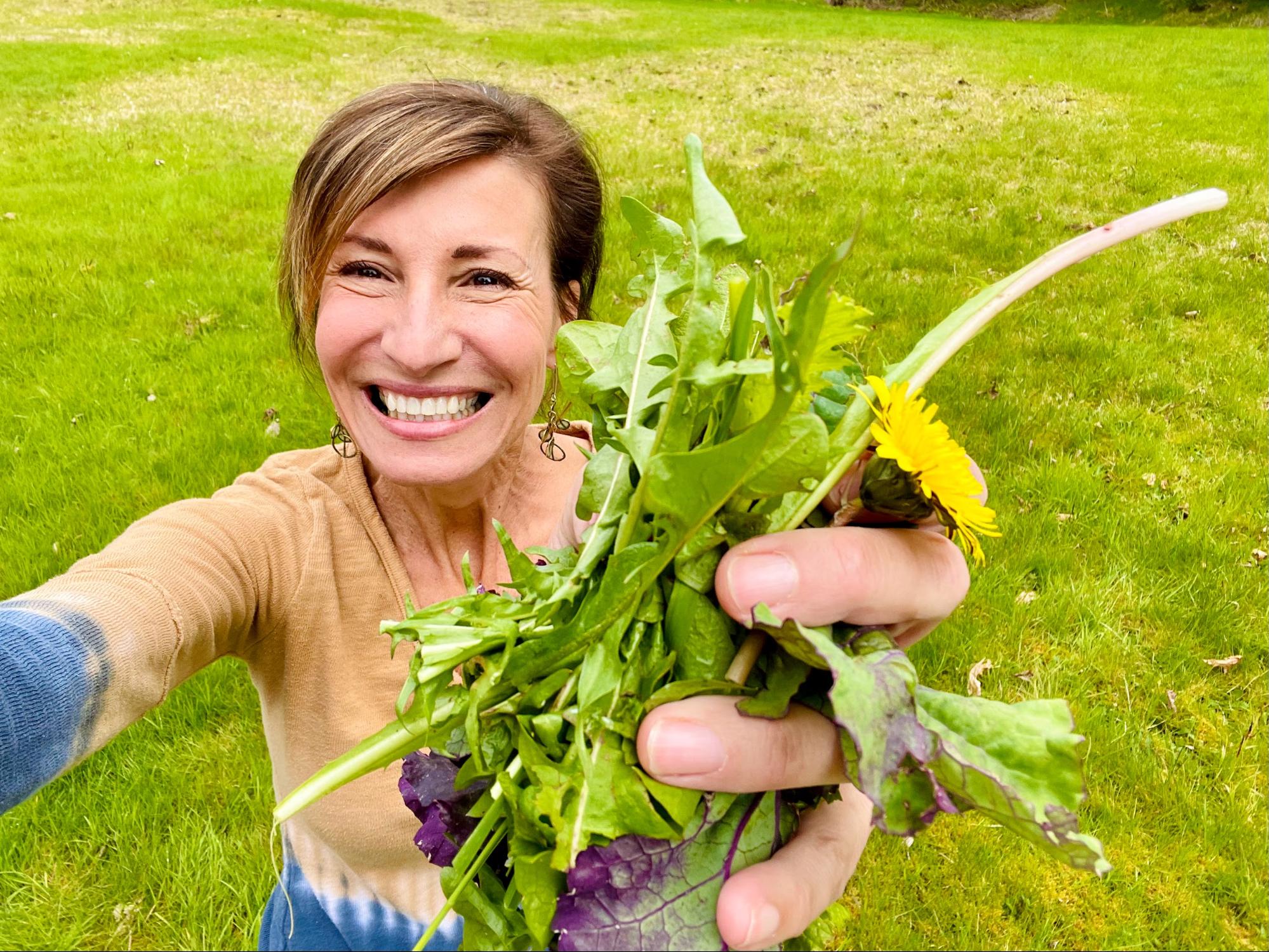Free Medicine Straight From Nature
If you are looking for an inexpensive way to detoxify without using a range of supplements, the answer may be found in your own backyard! As it turns out, three wild plants that some normally wouldn’t give a second glance are actually a powerhouse of nutrition and medicinal value: chickweed, sheep sorrel, and wild rose. Let’s dig in and learn how to identify, harvest, and use these humble, yet powerful plants.

Chickweed Stellaria media
Naturalized throughout North America, many of us can spot chickweed growing wild in our lawn, gardens, or nearby meadows. It typically covers large areas if left unchecked. Each plant grows from 2 to 20 inches in height (5 cm to 50 cm) and has small, white star-shaped flowers. The leaves are a bright green color and oval in shape. It is sometimes called winterweed, starweed, and chickenwort.
Chickweed helps detoxification by drawing poisons out of the body, such as tetanus, blood poisoning, or toxins entering through a wound. It can be used topically and internally. Moreover, it treats kidney issues and constipation to assist with the efficient elimination of toxins. Chickweed is also considered a natural diuretic, which further supports detoxification while alleviating fluid retention and swelling.
To make a poultice for external use, blend equal parts chickweed (leaves, stems, flowers), ginger root, and raw honey until it is a smooth paste. Apply it directly to the wound and cover. Replace the poultice every six hours. To use internally, make a decoction by bringing 1 pint (500 ml) of water to a boil, then add 1 cup freshly picked chickweed leaves. Simmer for 15 minutes, covered. Remove from heat and cool. Drink 1-2 ounces (30 to 60ml) several times a day.
You can also eat the top few inches of the stem as this is the most tender. Add chickweed to soups and broths, steam, or eat it raw. It also makes for a wonderful, mini-salad sandwich topping! Get creative and add chickweed to smoothies, pestos, and sauces. Or use it for quiches, frittatas, omelets, and eggs. It is a healthy, economical, and interesting alternative to your standard greens such as spinach, collards, mustard, etc.
Harvesting: Pick early in the morning or late in the evening. Trim the upper branches. You can use chickweed either fresh or dried for later use.
Safety
While generally considered safe, some are allergic to chickweed. If you develop swelling, a rash, or another reaction, discontinue use. Chickweed contains saponins that are toxic in large quantities. Consult with your healthcare practitioner if pregnant or nursing before using.

Sheep Sorrel Rumex acetosella
Another common herb that is often growing freely in people’s yards is sheep sorrel, otherwise known as narrow-leaved dock, spinach dock, sour weed, and field sorrel. It is a wonderfully useful medicinal herb, although many try to get rid of it from their gardens.
The leaves of the plant are small, green, and shaped like arrowheads with deep ridges. The vertical red stems branch at the top. It can grow up to 18 inches (45 cm) tall from a rhizome that spreads aggressively. Sheep sorrel blooms from March to November and has greenish-yellow blooms (male) or maroon-colored flowers (female).
For detoxification, sheep sorrel is a diuretic that flushes toxins out of the system when plenty of water is consumed. It also has laxative properties. It treats kidney and urinary tract complaints and is known to support healthy digestion, while also acting as a remedy for intestinal parasites. Fresh juice made from the leaves is the most effective, although you can also brew a tea by drying the fresh leaves and steeping them in boiling water for 5-10 minutes, covered.
Use sheep sorrel as a flavoring for tarts, salads, as a garnish, or in soup. It is also great for cheese-making as it acts as a curdling agent. The leaves are lemony in flavor and have a rhubarb-like tartness. In fact, sheep sorrel belongs to the same family as buckwheat and rhubarb. Wild sorrel is used around the world as a flavoring for soups and mashed potatoes, sausages and meatballs, and as a cold side dish that is simmered, drained, then marinated in olive oil.
Recipe. Sheep Sorrel Soup: Sauté diced wild garlic and onions over medium heat. Add 2 cups broth and 4 cups chopped sorrel leaves. Cook for five minutes, blend, then serve. You can add a few branches of purslane to thicken it.
Safety
Due to high oxalate content, avoid using sheep sorrel if you have a history of kidney stones, hyperacidity, or arthritis.

Wild RoseRosa spp.
Often forming dense thickets in woodlands, wild rose is difficult to miss with its fragrant petals and beautiful pink flowers. Unlike standard garden roses, this wild variety only has five petals with an abundance of stamens. They have thorny stems. The rose hips are pear in shape and orange to red in color. It thrives in open environments that can be either dry or moist. There are over 35 species of wild roses in North America, including Western Wood’s Rose (R. woodsii) and Eastern Sweetbriar (R. rubiginosa).
A soothing medicinal herb with many uses, wild rose petal tea helps to support liver and gallbladder function, which in turn encourages efficient detoxification. The rose hips are an outstanding source of vitamin C and also contain vitamins A, B3, D, and E, along with other important antioxidants as well as pectin. These nutrients act as a natural diuretic and laxative, which further supports detoxification.
The thin outer layer of rose hips that surrounds the seeds is high in vitamin C and can be eaten raw or made into jams, jellies, syrup or tea. Remove the seeds. The tender young leaf shoots, when harvested in the spring, can be peeled and eaten raw. The mature rose petals make for a pretty addition to salads, just make sure to remove the bitter white base first.
Harvesting: The most ideal time to harvest wild rose petals is in the morning when dew is still present. To protect the habitat of pollinators, only pick 1/3 of the petals from each flower and leave the hips and stamens undisturbed. This will help to encourage pollination by bees so that the rose hips will mature fully by the autumn, at which time they can be harvested. If you pick rose hips after a frost, they will be sweeter. Avoid any plants that are growing near the road or have been sprayed.
Recipes. Rose Petal Tea. Ingredients: 2 to 4 teaspoons dried, crushed rose petals or 3 to 4 table- spoons fresh and 1 cup boiling water. Cover the rose petals with boiling water and infuse for 10 to 15 minutes. Take as needed.
Safety
As some species of the Rosaceae family can contain a cyanide precursor in the seeds, do not ingest the seeds due to their highly toxic nature — only use the outer skin of rose hips.
Discover the Joy of Foraging for Natural Medicine and Food
Learn more about these plants and over 400 medicinal and edible wild foods in my book, The Forager’s Guide to Wild Foods: Edible Plants, Lichens, Mushrooms, and Seaweeds. This wild food guide covers a wide-range of plants across North America.
Each entry has an introduction, a range map, edible uses, common medicinal uses, poisonous look-alikes, a description of the flowers and leaves for ID, excellent color photos, harvesting instructions, and a simple recipe.
Wishing you many days of abundant and happy foraging!
Nicole Apelian





